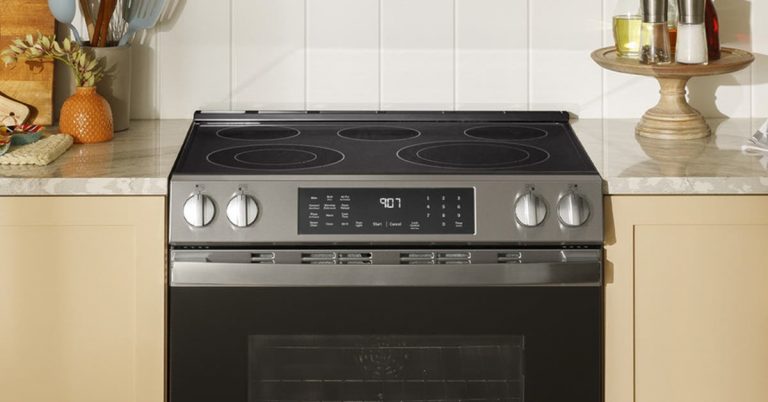How to Properly Dispose of Cooking Oil at Home

To help reduce her cooking-oil consumption, staff writer Rachel Wharton, who covers kitchen appliances such as ovens, stoves, and fridges, reuses oil as many times as possible before chucking it. “If it’s fish, then I probably won’t reuse it,” she confesses. “But if it’s chicken or vegetables, I’ll reuse it a couple of times.” She typically determines its reusability based on whether it smells rancid. “Sometimes I’ll just leave it in the cast-iron Dutch oven for a week or so and refry with it during that time,” she adds.
Abigail also often reuses oil a few times before pitching it. But before doing so, she usually filters it first. “Coffee filters work, but it might be a slow process, especially if you’ve cooked something with a lot of gunk in it, like fried, battered foods,” she says, in which case a little patience is required. Even though reusable oil filters are available, Abigail says “they’re super gross and impossible to clean” and doesn’t recommend buying them.
According to the U.S. Department of Agriculture, if you plan to reuse oil, you should strain it through a cheesecloth or sieve and store it in a sealed, lightproof container in the refrigerator. You can keep it there for up to three months; however, the USDA recommends discarding the oil if it’s “clouded or if the oil starts to foam or has a foul odor, taste, or smell.”






